
Hello, Welcome to The Wise Woman Mentor
My name is Linda B. Riddle, and I’m an Emotion Code® Body Code™ Practitioner and a Certified DreamBuilder™ Coach and Life Mastery™ Consultant.
I enjoy helping individuals begin to heal using Energy Healing. See below for some of the types of issues it
helps clear. Energy Healing helps bring focus, clarity, and much-needed pain relief to so many physical,
emotional, and other imbalances people experience today. In addition to working with the general population,
I also focus my work on Women, who struggle with overwhelm, shame, lack of self-confidence, sadness, anger
and so much more.
ENERGY HEALING: The Emotion Code® is included within The Body Code™ work. In addition to finding trapped
emotions, The Body Code™ can also identify other imbalances.
Physical Issues and Discomfort such as:
Digestive Troubles
Organ Function
Skeletal Misalignments
Weight and food issues
Injury Recovery Issues…
Negative Emotions or Trapped Emotions such as:
Anxiousness
Stress
Holding on to the Past
Anger...

Providing nurturing guidance and energetic rebalancing to Savvy Wise Women who want to rise above barriers, invoke their inner magic, and attain their limitless potential
www.TheWiseWomanMentor.com
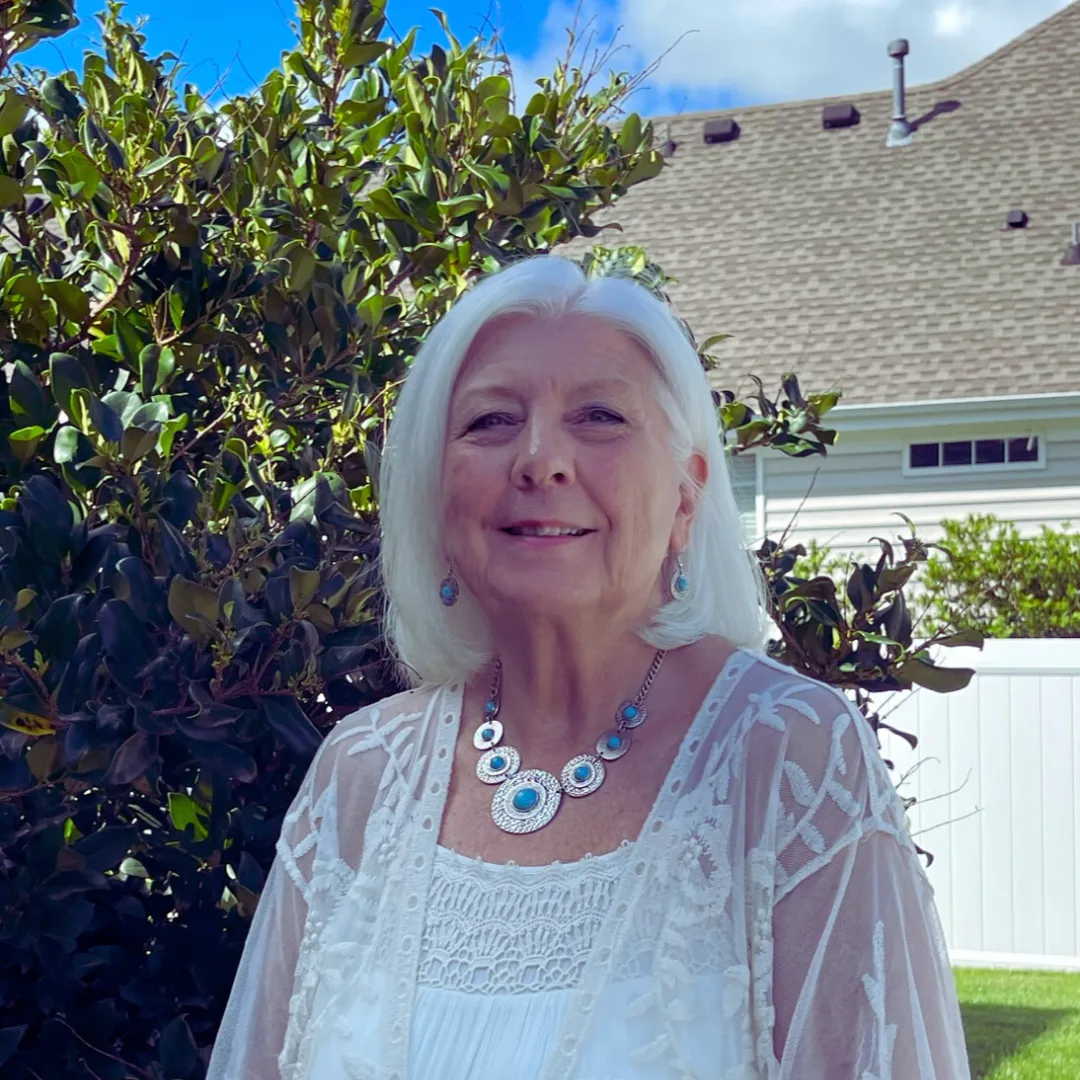
Linda Riddle
Did you know that these imbalances may allow physical or emotional obstacles to build up over time? The
Body Code™ removes so much more than physical and emotional issues it can also address areas such as:
Relationship Issues that help Strengthen relationships and may help you find love. It also removes blocks to
wealth, financial abundance blocks, success, and creativity blocks.
And so much more!
Contact me to find out how to give that glorious mind and body the life transformations it deserves!
I’m delighted you are here on my scheduling page.
Feel free to look at the various programs and sessions I offer.
If we haven’t met, please book a Discovery Session first.
Otherwise please select the program and or sessions we mapped out together.
We connect on Zoom or by phone.



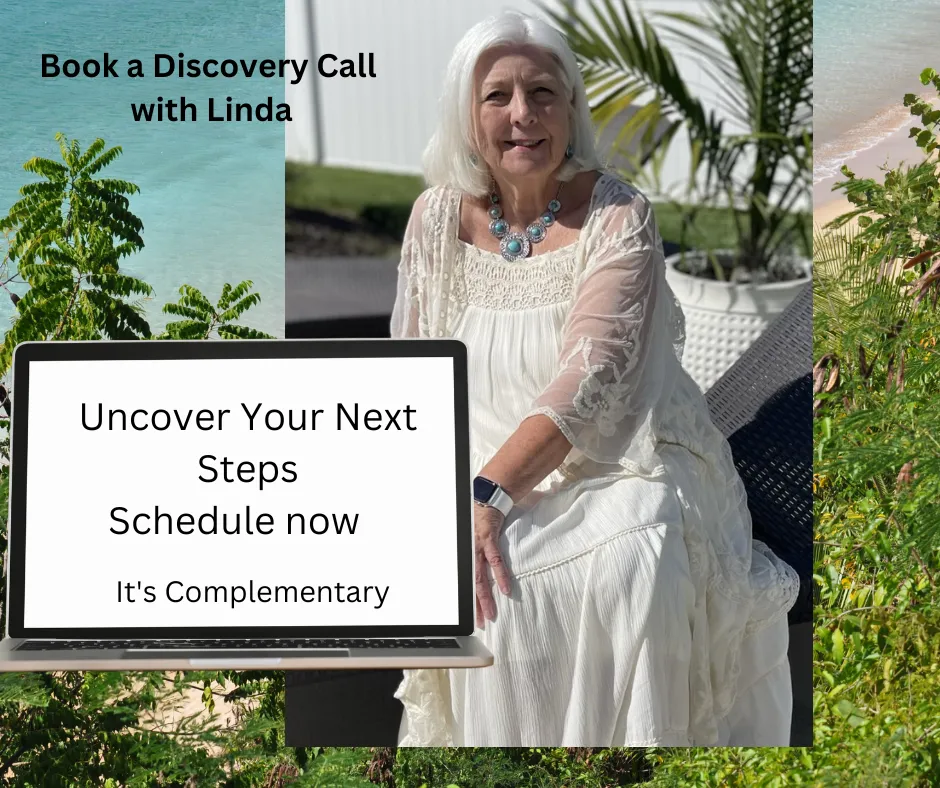
Discovery Call: Schedule to Uncover Your Next Steps and Create a Clear Path Forward
Complimentary 30-minute. By scheduling a 30-minute complimentary call, we can delve into your current situation and determine the best course of action for you.
During this call, I'll be your guide, walking you through a comprehensive questionnaire that will provide us with a thorough understanding of your areas of concern and aspirations. Once we have gathered all the necessary information, I will leverage my expertise to provide you with personalized recommendations tailored to your unique circumstances. These recommendations will serve as a starting point for our journey together, enabling us to establish a solid foundation upon which we can build and progress.
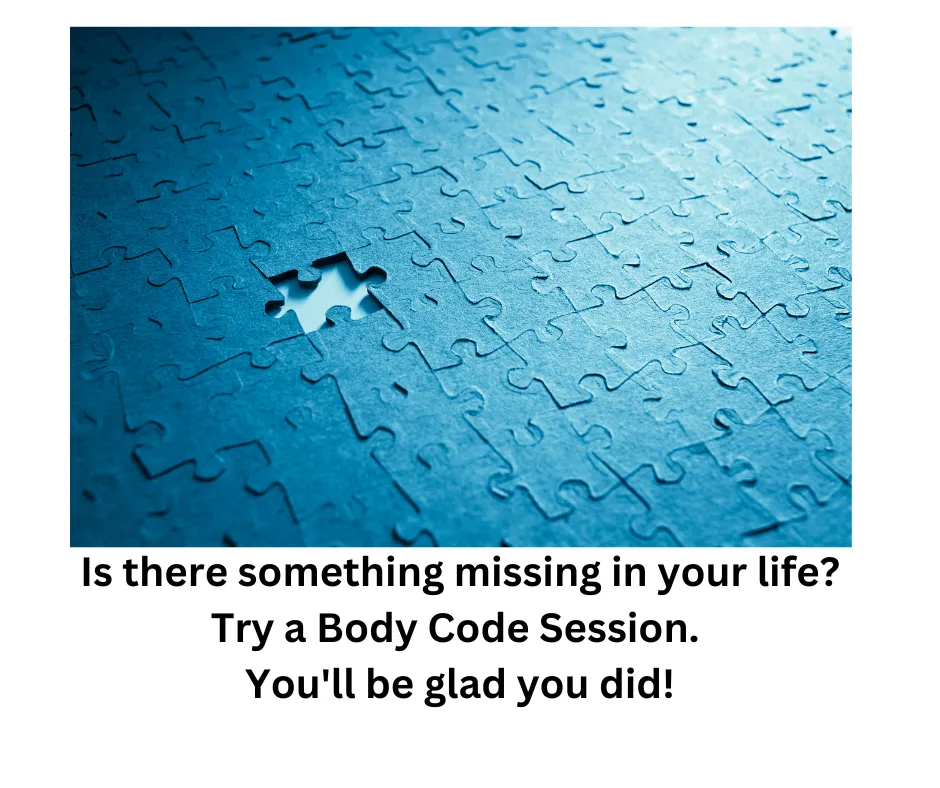
Body Code™ Session 1:1
45 to 60 minutes @ $110.00
During our comprehensive 45–60-minute phone or Zoom appointment, we will embark on a transformative journey to address the underlying imbalances that may be hindering your overall well-being. Through the power of energy healing, we will skillfully release any energetic blockages or imbalances that reside within the intricate layers of your being.
Our session will encompass a holistic approach, targeting various areas crucial to your vitality. By delving into the realms of energy, circuitry, pathogens, structure, toxicity, and nutrition, we will diligently unravel the threads that weave together your health and restore harmony where it is needed most.

Clear Your Heart Wall
3 to 4 sessions 20 minutes each session all for $150.00
Our collaborative journey aims to delve into the depths of your emotional well-being, unearthing and liberating any burdens that may have nestled themselves around your heart. This process not only facilitates faster and more efficient healing of your body but also opens the door to newfound emotional freedom. To ensure a comprehensive and transformative experience, we typically recommend a series of 3-4 sessions. In order to provide you with a convenient and accessible service, we offer a fixed price of $150 for the complete clearing of your heart wall. Whether you prefer the intimacy of a phone call or the visual connection of Zoom, we accommodate your personal preference to ensure your comfort throughout the process.

5 Session Healing Package: Emotion Code/Body Code™
40 minutes @ $495.00
Whether you seek a resolution for a specific issue or complaint or aspire to enhance your overall health and wellness, our sessions can be precisely tailored to meet your unique needs. We will employ specialized techniques to boost your immunity, reduce stress, and promote a profound sense of well-being.
Most issues require several sessions. When you pick a bundle there is a savings.
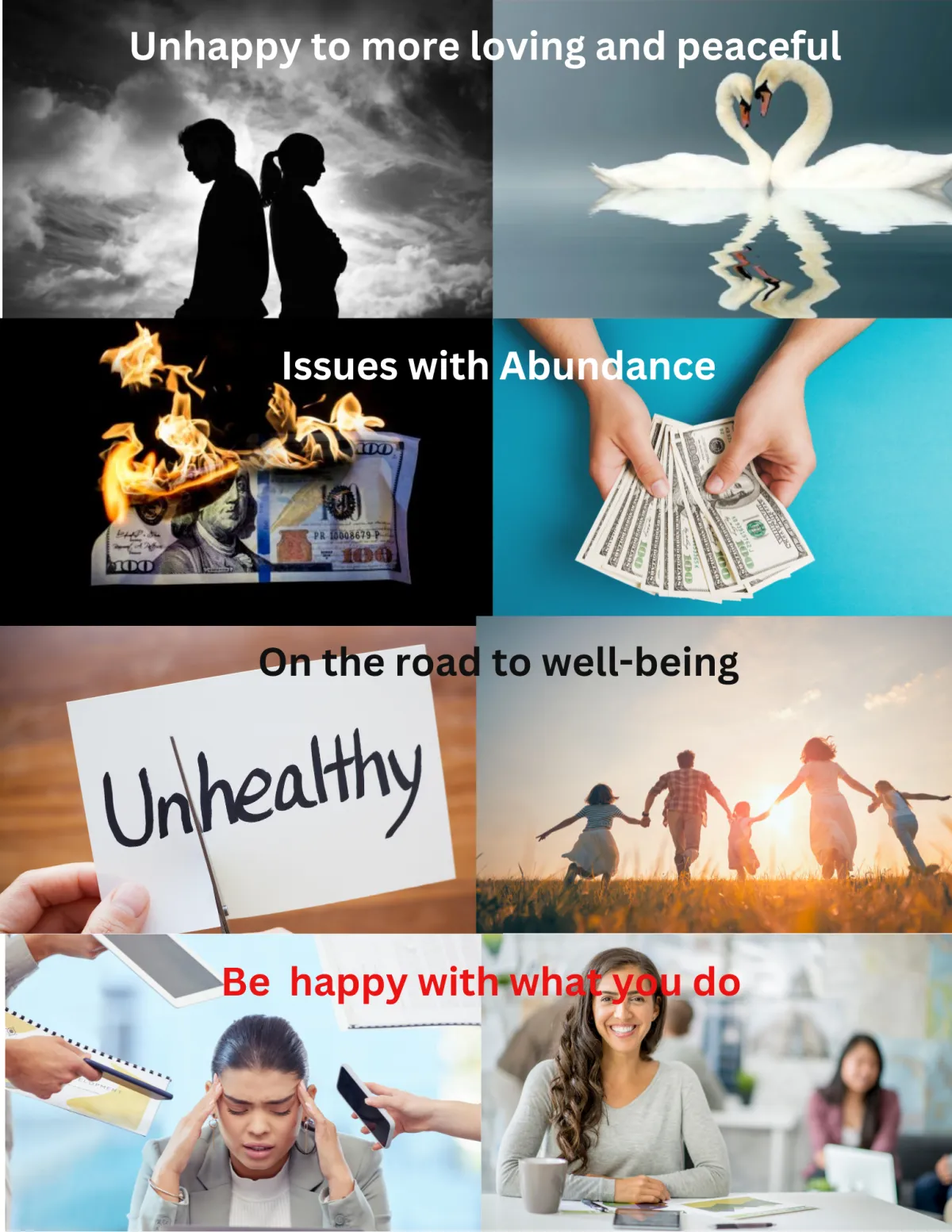
8 Session Breakthrough in an area of your choice: Wealth and Financial Abundance Blocks,
Relationship Issues, and Creative Blocks.
50 minutes for 8 Sessions @ $ 950
The package will include a Comprehensive Assessment designed to delve deeply into various areas, such as Wealth and Financial Abundance Blocks, Relationship Issues, and Creative Blocks. This all-encompassing assessment designed for each area aims to provide a thorough evaluation and analysis, allowing us to uncover and address any barriers or limitations that might hinder your progress and overall well-being. By expanding our focus to a specific area, we strive to offer a tailored and comprehensive approach to address the unique challenges you may be facing to help you overcome these obstacles and unlock your true potential for growth and fulfillment.

10 Session Healing Package: Emotion Code™/Body Code™
40 minutes @ $950.00
Energy healing has proven to be remarkably effective in addressing a wide range of ailments, including chronic pain and illness. Through our dedicated efforts, we will alleviate the burden of anxiety that may weigh upon your spirit, and together, we will conquer the challenges associated with weight management.
As we embark on this extraordinary healing journey, rest assured that you are in capable hands. Energy healing has demonstrated its potential to bring about profound transformations in countless individuals, and it holds the power to illuminate the path toward a vibrant and fulfilling life. Allow us to guide you on this remarkable voyage toward optimal health and unparalleled wellness.
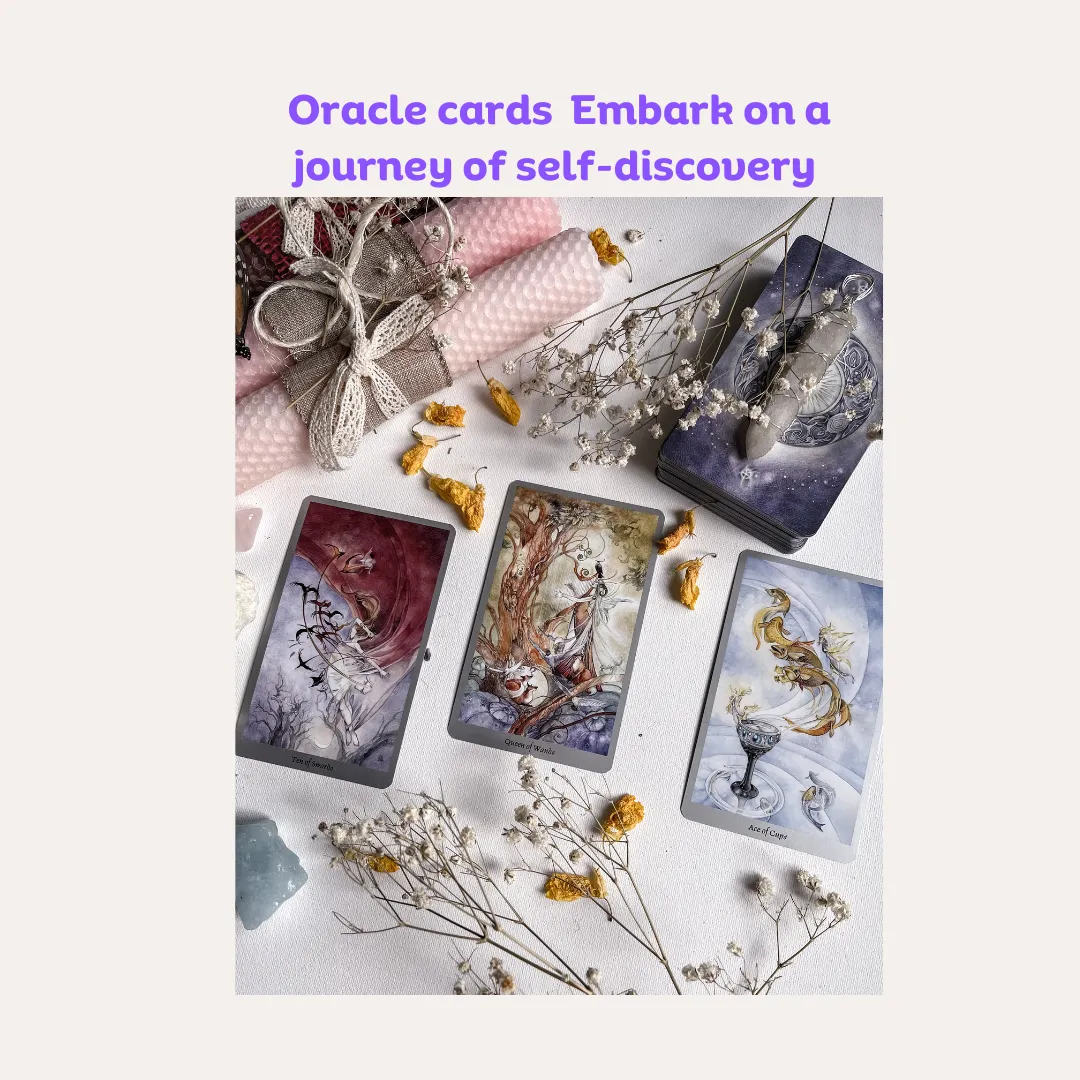
Oracle Card Reading $55.00
30 to 40 minutes $55.00
3 cards to start then cards will be drawn for clarification,
Multiple card decks may be used.
Oracle cards provide a wealth of valuable information that
can greatly enhance our understanding. They serve as a powerful tool for
divination, enabling us to delve into various aspects of our lives,
encompassing everything from interpersonal relationships to pivotal career
choices. By harnessing an array of symbols and captivating images, these cards can tap into our subconscious minds, unlocking profound insights and offering guidance through the answers we receive.
Therefore, if you find yourself seeking clarity amidst the
complexities of life, it would be highly worthwhile to consider embracing
Oracle cards.
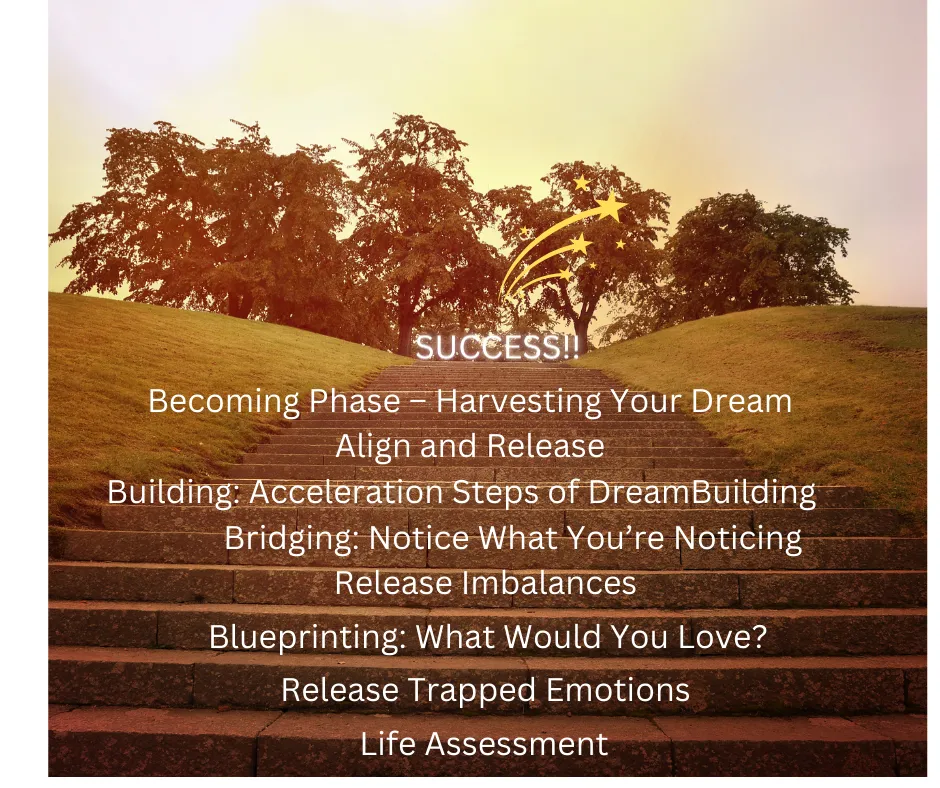
Coaching: Healing the Heart while Building Your
Dreams
12 weeks 45 to 60 minutes $2997
Unlock Your Full Potential and Build Your Dream: The Power of DreamBuilder™ and Emotion Code™/Body Code™ Integration.
Imagine a transformative journey that combines the power of the DreamBuilder™ Program with the profound healing capabilities of the Emotion Code™/Body Code™. This unique integration offers a holistic approach to not only building your dream life but also healing the emotional and energetic blocks that may be holding you back. Through this powerful integration, you will not only build your dream life but also heal and transform from the inside out. As your DreamBuilder™ Coach and Emotion Code™/Body Code™ practitioner, I will provide unwavering support, guidance, and expertise throughout the process. Together, we will create a solid foundation of emotional well-being and energetic alignment, empowering you to step into your full potential and live a life of purpose, abundance, and joy. Your dreams are within reach, and I am here to help you every step of the way.
Testimonials
This energy healing technique called The Body Code is one of the quickest techniques I've ever had the joy of experiencing! Linda is professional throughout the consultation and helped release the imbalances and trapped emotions during the session. She gives you bits and pieces of your past traumas that are begging for healing. I felt instant relief throughout our sessions and most importantly, I have a clearer understanding of the muck that I've absorbed and held onto. If you're ready to level up in life and sweep out some of the mess, I strongly recommend a few sessions with Linda!
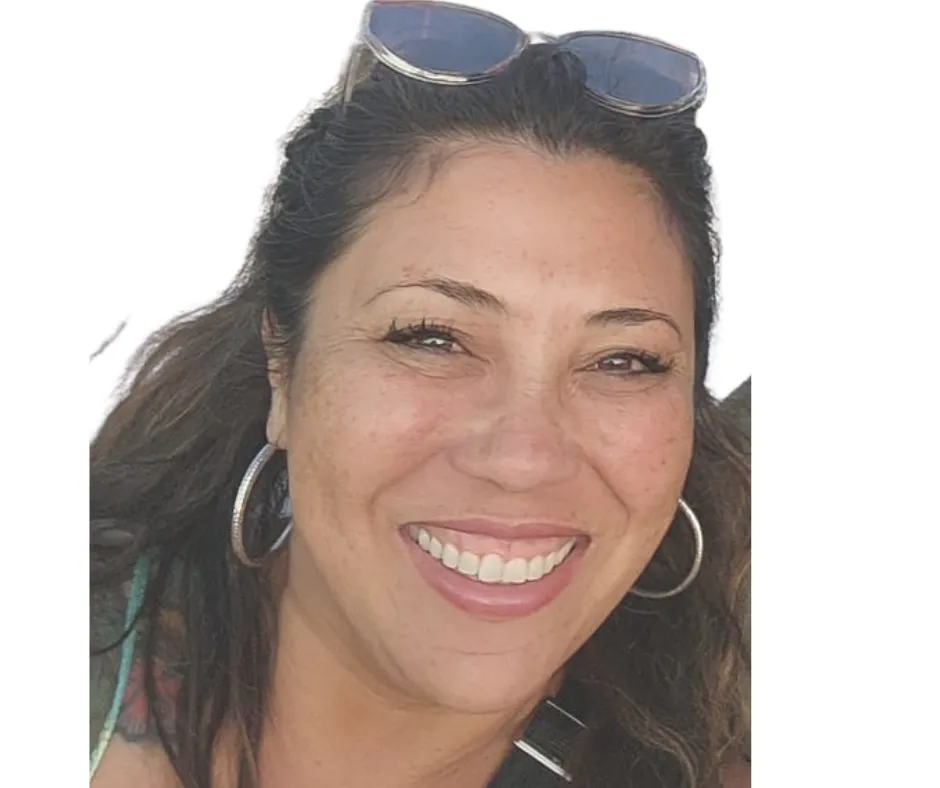
Lynn Osborne
Salon Owner and Stylist at Coastal Roots Salon at Edinburgh
Chesapeake, VA
I had the privilege of working with Linda Riddle, The Wise Woman Mentor, who skillfully utilized the Body Code Energy Healing Technique to identify and address my trapped emotions throughout our sessions. With her exceptional abilities and compassionate demeanor, Linda guided me in releasing recurring thoughts that had been holding me back. Thanks to her expertise and kindness, I was able to break free from these limitations and embrace a new chapter in my life. I cannot express enough gratitude for Linda and her invaluable skills.

Dr. Kevin Richardson, Ph.D., CCHt.
Hypnotherapist
Desert Hot Springs, California
Linda Riddle is truly gifted with emotion code and body code.
The deep healing and releases I experienced with her expert guidance were transformative and trumped the long list of alternative and mainstream modalities I had previously tried.
It was like a highly effective healing shortcut that dug up the very roots of so many physical, emotional, and energetic deficiencies. I’m freer, whole, and happier at 46 than I ever have been previously in my life.
From every fiber of my being - thank you, Linda.
My experience with you changed my life.

Pam Scott
Realtor
Virginia Beach, VA
Contact The Wise Woman Mentor
Call:
757-439-4834
Email:
Linda@TheWiseWomanMentor.com
Site: www.TheWiseWomanMentor.com
